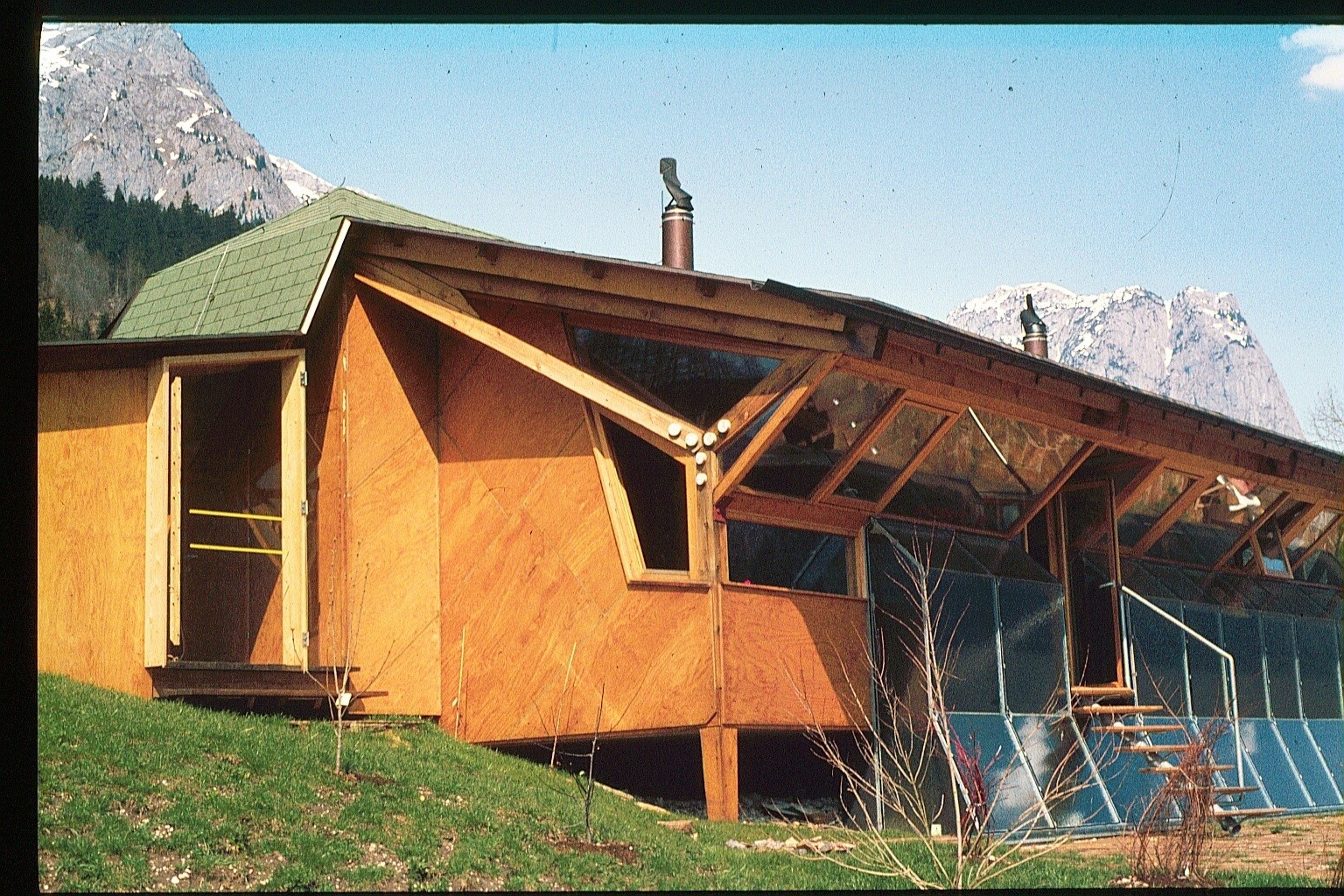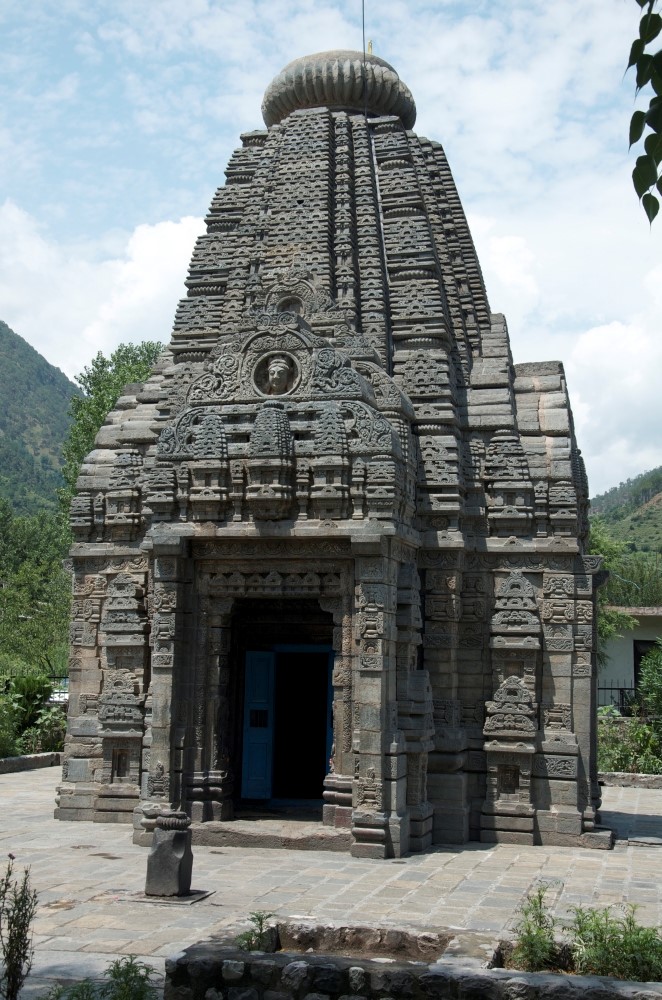Austrian Science Fund sponsors TU Graz architecture projects

Great success for Graz University of Technology’s Faculty of Architecture. In 2016 three Austrian Science Fund projects will soon be launched with funds worth about 1m euros. The Austrian Science Fund (FWF) funds basic research. Basic research is the foundation for applied research and for this reason TU Graz is increasingly implementing measures to create enough space for basic research to be carried out in practice-oriented disciplines. “In the very application-oriented world of architecture, funding for basic projects is the exception rather than the rule. The approval of the Austrian Science Fund for three architecture projects shows that basic research at TU Graz has a high value in all disciplines,” says Horst Bischof, Vice Rector of Research at TU Graz.
The sun houses of Konrad Frey: environmental research and solar design knowledge
Institute of Architectural Theory, History of Art and Cultural Studies As an element in the portfolio of Konrad Frey, architecture graduate of TU Graz and one of the most important representatives of the Graz School, the Fischer House at Grundlsee is a special type of solar house, the first example of its kind in Austria and throughout Europe. From the mid 1970s onwards, Konrad Frey experimented with new technologies for the harnessing of solar energy, heat storage, central heating and ventilation, and built several prototypes for active and passive solar buildings. Although he developed a scientific approach to solar architecture, there has never been a systematic reappraisal of his theoretical and experimental work. Anselm Wagner, head of the Institute of Architectural Theory, History of Art and Cultural Studies at TU Graz, wants to close this gap in architectural research. The project launch, which will be carried out in cooperation with the Department of Building Physics and Building Ecology at Vienna University of Technology, is set for 1 March 2016, and funding will amount to some 330,000 euros over three years.Architecture of Nagara: form, geometry and construction
Institute of Architecture and MediaIn the framework of the project “Nagara architecture of Himachal: form, geometry and construction”, a special form of Indian sacral architecture will be investigated and digitally reconstructed at the Institute of Architecture and Media. The aim is to completely document selected stone monuments making up the Nagara Temple in the north Indian state of Himachal Pradesh. The ground plan of the temple, which is based on a mandala grid, has been extensively researched. But up to now there has been little data about the vertical construction of the towers with their diverse design elements, reliefs and niches. This should now be corrected in order to facilitate the examination of important architectural aspects, such as construction and proportion system of this complex type of building. The formal features and geometric design principles of this structure offer an ideal opportunity to use modern technologies and presentation methods. In this project, contemporary digital architectural documentation and representation as well as the subject areas cultural history and Indian architecture will meet each other methodologically. The project launch is set for 1 July 2016, and funding will amount to some 320,000 euros over three years.
The incalculable – art in the time of algorithms
Institute of Contemporary ArtThe aim of the project “The incalculable – art in the time of algorithms” is not to separate scientific and non-scientific practices, but to bring them together. The project is located at the Institute of Contemporary Art and is the first TU Graz project to be funded by the Austrian Science Fund in its programme to develop art (PEEK). As in all projects of this funding framework, this one is also to be understood as aesthetic basic research and, in contrast to the scientific learning process, it aims at the development of methodology and knowledge by way of artistic processes. The key question is what art can contribute to an increasingly computerised, data-oriented growth of knowledge and how sufficient space can be created to include the unpredictable in today’s and future societies. In the framework of the project, a research cluster is meant to be established which will unite worldwide leading artists, theorists and scientists from the fields of computer vision and artificial intelligence as well as science fiction authors and writers. The project launch is set for 1 March 2016, and funding will amount to some 340,000 euros over three years.
Kontakt
Communications and Marketing
Rechbauerstraße 12
8010 Graz
Phone: +43 316 873 6066
Mobile: +43 664 60 873 6066
Email: <link int-link-mail window for sending>susanne.eigner@tugraz.at







